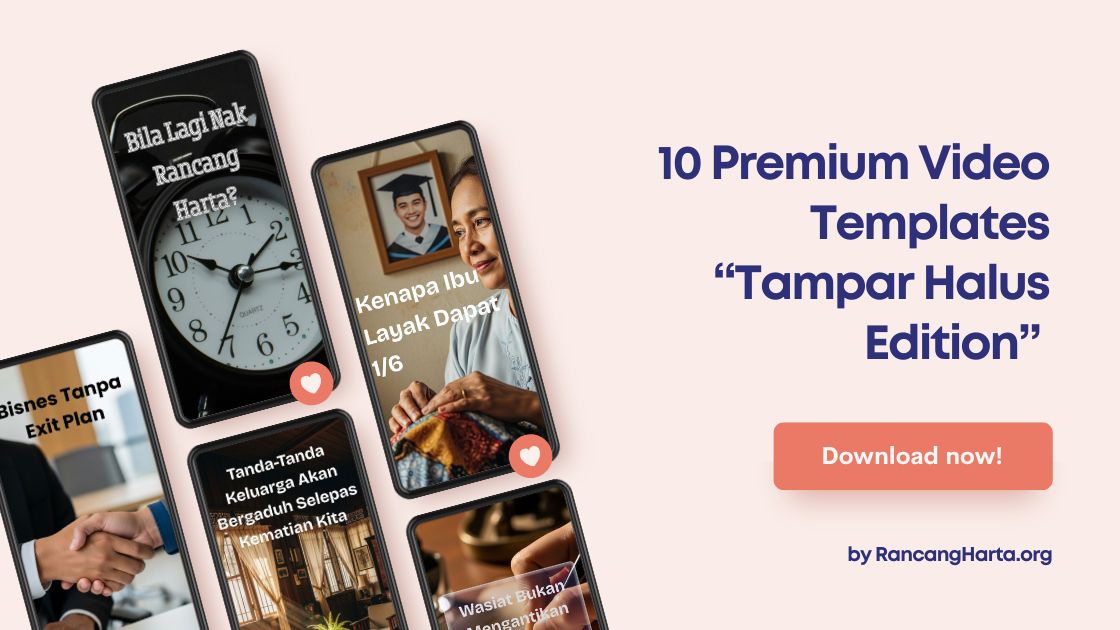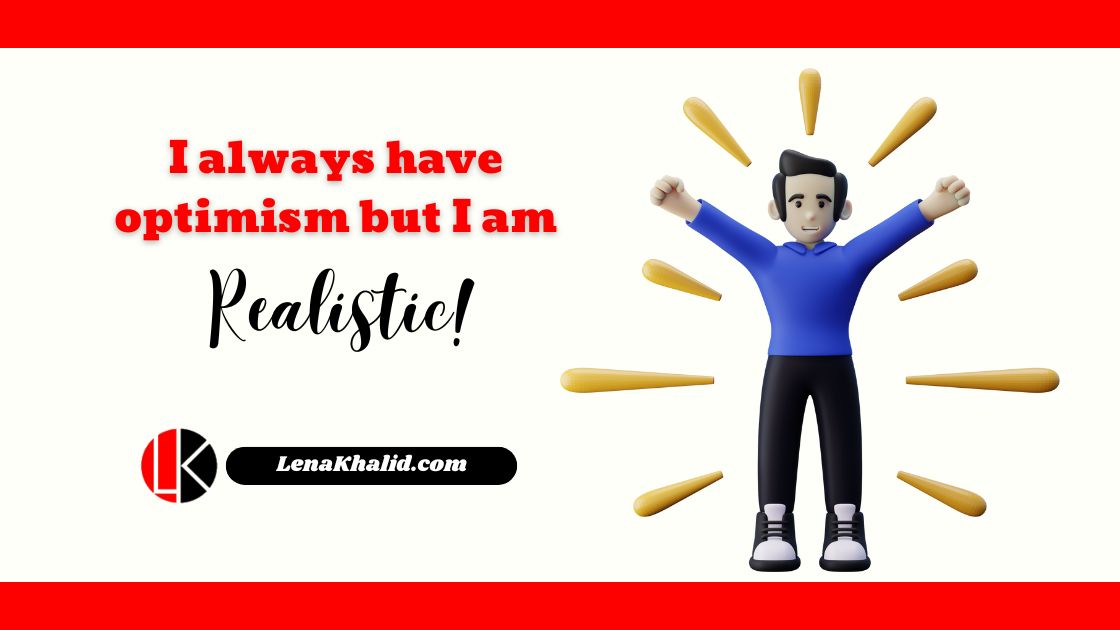
Building a Good Brand Relationship via Email Marketing
How to boost your engagement rate and reduce unsubscribes
Getting people to sign up for your mailing list is easy compared to keeping them subscribed. And even if they stay subscribed, an un-engaged recipient with no brand relationship with you is no better than someone who hasn’t joined your list. In fact, they may be worse!
So, how can you successfully engage your audience, build a brand relationship, and fully leverage your list to grow your brand? Read on to learn why email marketing is ultimately all about relationships — and how to improve yours.
Make your “From” address personable
As we discussed in the first part of this blog series, your emails should all be “from” an actual person — not your company at large. The more personal, the better. Add your company name as an afterthought, not the primary sender.
Bad example:
Subject line: Here’s a marketing email!
From: Company XYZ
Good example:
Subject line: Here’s a topic relevant to your interests!
From: Annie Jones at Company XYZ
You can even shorten the sender name to first name + last initial or simply the first name, depending on your brand personality. The more casual your brand, the more conversational you can be. So, including only a first name plus your company helps you seem accessible yet professional, e.g. “Chip from SharpSpring.” (If your CEO is well known, do use their full name! See Neil Patel from Ubersuggest or Ryan Reynolds from Mint Mobile as examples.)
On this note, be sure that your “From” address is a legitimate address. Don’t use a “no-reply” address to send marketing emails. This is not only a clear sign that you don’t care about feedback but also a violation of many digital communication laws. (“No-reply” is okay when sending account-information or trigger-based emails such as forgotten password resets, order notifications, etc.)
If you’re concerned about your inbox getting flooded with responses, don’t be. First of all, most recipients will not reply, and that’s okay. But those who do reply will be sending valuable feedback, such as:
- a request for more information
- an inquiry about your services
- constructive criticism about your campaign and offerings
They may even be asking you to update their email address in your system, so they can stay subscribed! In any case, why ignore these replies? It’s much better to open the lines of communication. True, some negative remarks may come in, but is that stress worth the cost of potential upsells and opportunities for improvement? We think not.
It’s also worth noting that Gmail, which is the world’s most popular email provider with a nearly 30% market share, judges emails’ importance by how many recipients engage with the sender. Yes, that’s right! If people regularly respond to your emails, your sender address may escape the dreaded “Promotions” tab and end up in the main inbox.
Bottom line: allow responses to your email marketing campaigns. You’ll get valuable feedback and better engagement across the board. Plus, you’ll avoid fines due to non-compliance with CAN-SPAM and GDPR.
Personalize each campaign to your user’s behavior
No one likes to feel part of an “email blast.” Today’s consumers have no time for that. They’re inundated with email marketing campaigns every day, so they’re increasingly resistant to generic messages sent to every customer of your company. There’s a psychological effect, as well; your recipients want to feel heard and special. For decades, people have learned to expect email to come in two forms: (a) relevant messages sent directly to them, and (b) spam. The only way to avoid falling into the latter category is to highly personalize each campaign.
With so many tools available to analyze each lead’s preferences, browsing history, and previous behavior, there’s little excuse not to send a fully personalized email to each recipient. At the very least, include their name and send them content relevant to the funnel they went down. For example, if they joined your mailing list based on their interest in your eCommerce branding guide, they probably want more information about that topic.
You can also personalize for each audience segment. Depending on how you’ve set up your CRM, you can drill down into each segment to send relevant campaigns.
Let’s say you sell bicycles and cycling equipment, and you also offer online courses in bike repair. Your subscribers have probably come from several sources, so your list comprises:
- casual bike users who bought bikes and basic supplies from you
- avid cyclists who ordered bike accessories (e.g. travel bags, multiple lights, etc.)
- aspiring bike mechanics who signed up for your course
It is a rare email campaign that would appeal to all these different people. To truly engage with each segment, you need to personalize each campaign to their interests and prior buying behavior. For example, casual bike users who have only bought one bike from you would probably not be interested in your advice for bike shop marketing. And advanced cyclists who have bought multiple specialty parts might be a little miffed to receive an email promoting your “Beginner’s Bike Kit.”
Once you have these niche segments and their campaigns planned out, personalize each email as much as possible. For example, if you’re targeting:
- someone of a particular role, include that in the subject line, e.g. “Calling all bike shop owners!”
- people in a specific geographic area, weave that into the subject line, e.g. “Attention all Chicago cyclists…”
- customers who have already bought a definable product or package, e.g. “Bike Repair 101 students, here’s what’s next…”
Remember: the more specific, the better! Both your open and engagement rates will thank you.
Keep user intent in mind to build a brand relationship
One of the most common ways to grow your list is to use a lead magnet that requests someone’s email address in exchange for valuable content (e.g. an e-book). Unfortunately, that means lots of “tire-kickers” will sign up just to get the freebie.
Contrary to popular belief, you can absolutely turn these opportunistic subscribers into loyal followers. The secret is to break the traditional “email for download” format, which is highly transactional and therefore not engaging. To boost interest in your brand and encourage freebie-seekers to stick around, follow these steps:
- Require double opt-in. This entails a followup email sent immediately to the lead after they provide their address. They will need to click a link to confirm their subscription. This is also your opportunity to orient them to your list: what emails they can expect to receive, how often, etc. To truly maximize your list-building, don’t release the download until after they’ve confirmed their subscription!
- Send them a welcome sequence. Rather than collecting their email and simply including them on your next newsletter, send all recipients a unique welcome sequence packed with high-value If they just get your newsletter a week after they subscribed, they may not remember signing up — and they’ll unsubscribe. Instead, engage them immediately with a compelling welcome series. Don’t overdo it: a few emails over the span of 7-10 days is perfect.
- Make it personable. As we’ve been saying this whole blog, personalization = relevancy. Don’t make your messages generic. The more you can refine each campaign to an individual’s preferences, the better. So in our bike brand example above, the welcome sequences could be:
- Bike repair course students receive several emails with helpful advice for becoming a mechanic and opening their shop.
- Casual bike users receive several emails with bike safety tips, ways to enhance their new bike, etc.
- Advanced cyclists receive invites to a cycling Facebook group, promotions for cycling trip planning, and recommendations for complementary bike accessories.
Remember that your subscribers are not interested in simply filling their inboxes with general content. They want specific, actionable items that match their goals. The more you can provide that, the better engagement you will get — and therefore, fewer unsubscribes!
Wrapping up
All email marketers will experience unsubscribes, as well as recipients who never engage with their emails. Rather than taking it personally, look for ways that you can deliver highly relevant, exciting content to your audience. These are the people you can convert into buyers or transform into loyal customers! The secret is to personalize as much as possible, so each subscriber feels special, like your brand is here to help them achieve their goals. With a well-defined CRM and a little email marketing wizardry, you can send hyper-relevant, engagement-ready campaigns every time. (Want to use SharpSpring to do precisely this? Reach out here.)
Now that you know how to craft compelling emails, boost your open rate, and personalize campaigns, it’s time to set benchmarks and measure your results. In the next blog in this series, you’ll learn how to test and monitor your email campaigns.





